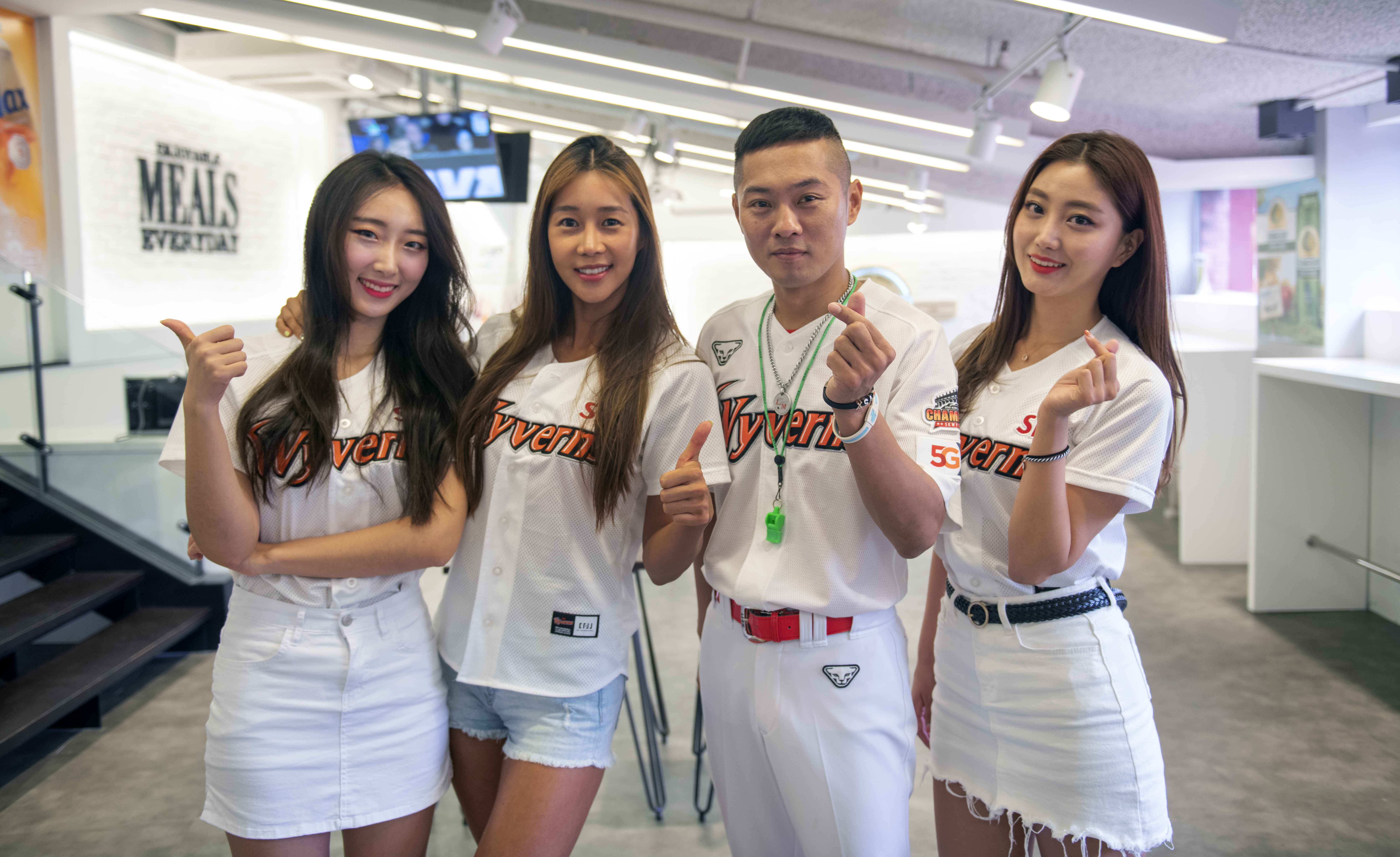The 2019 Replacement-Level Killers: First Base

When it comes to replacement level, first base is a very different beast than catcher. In general, teams prioritize catcher defense and staff handling over offense, and even in this age of advanced analytics, there’s room to quibble over whether the available metrics — including the pitch-framing sort — capture enough of their value. As we lack a good staff-handling metric (catcher ERA remains inadequate due to sample-size issues), there’s a whole gray area that, among other things, allows teams, particularly contending ones, to convince themselves they’re getting enough value behind the plate.
First base is another story. Offense is comparatively easy to measure, and the expectations for the position are high. A contending team that lacks a heavy hitter at the spot, or at least an adequate one, is bringing a spork to a knife fight. At this end of the defensive spectrum, it shouldn’t be that hard to find alternatives, even if they possess relatively clunky gloves; in this day of shortened benches, you can generally find a utilityman to fill in defensively at first in the late innings. Particularly with so many teams within range of a Wild Card spot, the upgrades available as the July 31 deadline approaches make for some fairly slim pickings, and so some teams may prefer to shuffle through internal options.
Among contenders (which, for this series, I’ve defined as teams who are above .500 or have playoff odds of at least 10.0%, a definition that currently covers 18 teams), seven have gotten less than 1.0 WAR at the position thus far. Again, a closer look at each situation suggests that not all of them will be in the market for external solutions. Between early-season injuries and slow-starting veterans, some of these teams aren’t in as dire a shape as their overall numbers suggest, but that doesn’t necessarily mean they’re out of the woods. Note that I’m skipping over the Yankees, for whom an 0-for-4 from Luke Voit on Sunday was the difference between slipping below the threshold or clearing it. Read the rest of this entry »

 Dan Szymborski
Dan Szymborski


